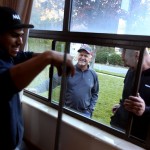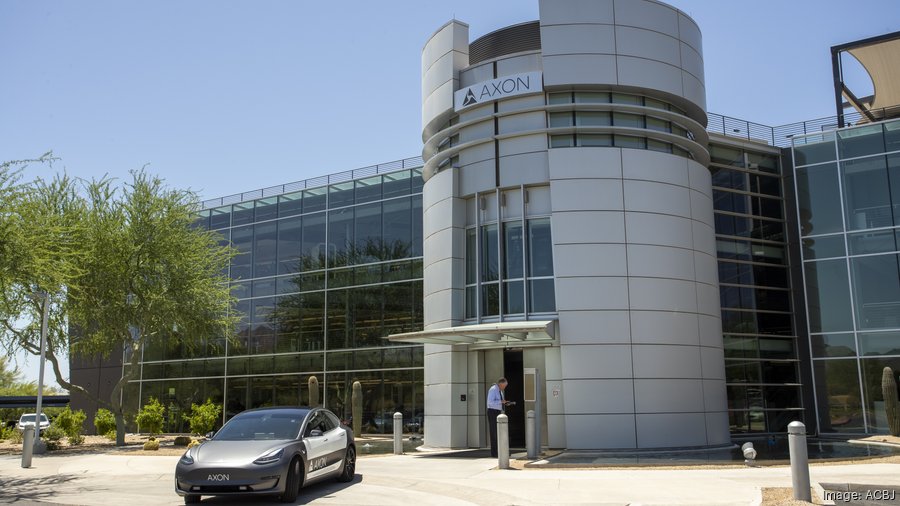How saving for retirement requires change in approach
Nov 6, 2014, 12:41 AM | Updated: 12:41 am

SALT LAKE CITY — For generations, the responsibility of paying for employees’ retirement often fell upon the companies that hired them. In the manufacturing-based economy that was the 20th-century United States, that model allowed workers to live their retirement years in relative comfort and security.
But now, the worker has the greater obligation and burden for saving money and learning how to allocate it once retirement hits.
Thirty years ago, many companies still offered pensions or another form of “defined benefit” retirement plan for their workers. For employees, those plans offered a sense of security for their future, knowing how much income they could expect on a monthly basis. But as the economy changed, many firms shifted toward less costly employee-funded “defined contribution” plans.
While the change saved firms nationwide billions of dollars, it shifted the responsibility of saving and planning for retirement squarely on the worker, and in so doing, put a heavy burden on millions of people at varying income levels.
“It can be a good thing, but it requires more of individuals to take more responsibility in their lives,” said Jeff Solomon, certified financial adviser with Raymond James Financial in Salt Lake City. He said employees have the option of learning the intricacies of investing on their own or hiring a professional to help.
“When considering a 401(k) versus a pension, planning is so much more important,” he said. “There are no guarantees (on defined contribution plans).”
Getting a plan
Granite Township resident Dennis Crouch, 65, is making the transition into retirement. After a 30-year career at the University of Utah that ended with him as co-director of the toxicology laboratory, he left full-time work a few years ago and has since done some part-time consulting.
When he began his career, Crouch said employees were given the choice between a state-managed retirement plan and a financial services company that specialized in the academic, research, medical and cultural fields. He chose the latter, hoping to maximize his opportunity for growth of his retirement nest egg.
While pensions were set up to pay a defined amount at regular intervals — usually monthly — defined contribution plans come in different forms.
In a defined contribution plan, the employee and/or employer contribute money to an individual’s account. In many cases, the employee is responsible for choosing how the contributions are invested, along with deciding how much of a paycheck is contributed through pretax deductions.
The employer may add to the account, in some cases by matching a certain percentage of contributions. The value of the account depends on how much is contributed and how well the investments perform.
The most popular type is the 401(k) plan. According to the U.S. Department of Labor, there are four types: the traditional 401(k), safe harbor 401(k), SIMPLE 401(k), and automatic enrollment 401(k). The SIMPLE IRA, Simple Employee Pension, employee stock ownership and profit sharing are other examples of defined contribution plans.
In some plans, the employer also makes contributions, matching the employee's contributions up to a certain percentage. SIMPLE and safe harbor 401(k) plans have additional employer contribution and vesting requirements, the Labor Department stated.
Crouch enrolled in a 403(b) — the equivalent of a 401(k) for public education organizations. Fortunately, the institution offered retirement benefit contributions in the 10 percent to 13 percent range in addition to an employee’s regular pay, he said.
“You could also open a supplemental account, which is one you would contribute to,” Crouch said. “You put money in there and you hope you put enough in,” he said.
Early in his working life, he didn’t think that much about saving for retirement, but over the years, those employer contributions really helped, he said.
“I wouldn’t have saved (10 percent to 13 percent) of my salary on my own,” Crouch admitted. As a young man starting out who got married and began a family, saving money was not as much of a priority, he said.
But those employer contributions grew substantially over time, despite his limited knowledge of investing, and became a major portion of his retirement savings.
“Even though I invested very conservatively, the interest rates were (high enough) that the money did fairly well,” Crouch said.
He said over time he became a savvier investor, though how well he has planned has yet to be determined since he is just embarking on his post-work life. Right now, he is working to determine the most prudent way to make use of his nest egg.
Crouch’s wife is also a U. employee and is still years away from retirement but is considering some of the same issues, he said.
Understanding habits
Solomon said individuals should set up a budget to determine how much they spend now and how much they save for later.
“It’s up to you as individuals to get yourself started and either become really well-versed in investing or (get) help from someone who understands,” he said. “The people that will do well are the people who take that responsibility seriously and get going on it.”
Saving for retirement is a very big issue for much of the working public, said Alex Mojica, senior wealth planning specialist at Zions Premier Wealth.
“About a third of Americans do not contribute to a retirement plan at all,” he said. “And about 20 percent don’t have anything — zero — saved up in a retirement plan.”
That would leave a sizable portion of the eventual retiring workforce with little or nothing to fall back on, he said. Mojica recommends that individuals try to reduce the amount of monthly fixed expenses they have by the time they quit working.
“If you’ve got a mortgage, student loan debt or sizable credit card balances, you will want to put together a plan to accelerate the pay-down of those debt payments,” he advised. “If it’s at all possible, it would be best to go into retirement without any mortgage at all.”
The less people have in fixed expenses, the more flexibility they will have in retirement, Mojica said. Creating a fund in addition to a retirement account is also something to consider in case of unexpected expenses.
“Having that nest egg outside of your retirement (account) is important because you really don’t want to draw on your 401(k) or retirement accounts to pay for those big expenses,” he said.
Saving even just 1 percent in a retirement account initially can begin to add up over time, Mojica said. Adding 1 percent annually would eventually build a substantial fund, particularly with the help of compounding interest over a long period, he said.
South Jordan resident Doug McCowan, 56, is banking on that long-term savings strategy. The journeyman electrician started his career 36 years ago as a meter reader for Utah Power & Light — now known as Rocky Mountain Power. For years, the utility offered a pension in the form of shares of company stock as well as allowing employees to contribute to a 401(k) account if they chose.
“As the company grew, your stock grew,” he said. It was a benefit that provided a sense of security for individuals and their families. As for the employee-directed plan, the company would match 85 cents for every dollar an employee contributed, so he continued to put more into his 401(k) in an effort to maximize the potential long-term benefit.
While retirement is still several years off, McCowan said he would like to put himself in the best financial position possible when that time eventually comes.
“I don’t want to have to still pay down debt and be barely getting by,” he said.
Some economic analysts acknowledge that the shift to employee plans has left many in the workforce feeling less secure in planning for their post-working life. But how well those individuals and the overall economy will fare in the new paradigm has yet to be determined, according to Aspen Gorry, assistant professor of economics at Utah State University’s Huntsman School of Business.
“(Given the changes), the kinds of retirement that people have come to expect if you anticipate retiring at age 65 would not be sustainable for a lot of workers (going forward) as they reach that age,” he explained. “As a society, we’re going to have to rethink what the length of work (life) that people should expect is.”
Email: jlee@deseretnews.com
Twitter: JasenLee1![]()


















